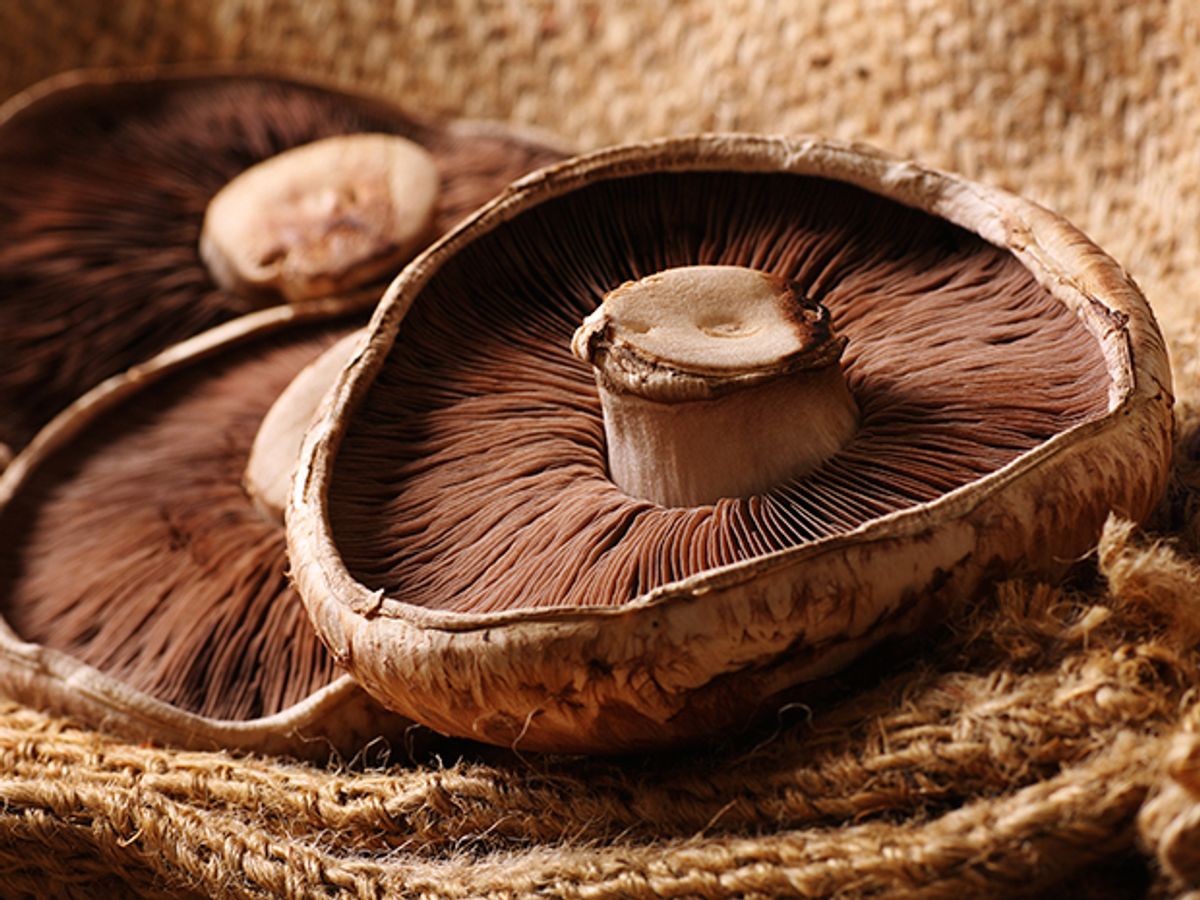Mushrooms have energized many a marinara sauce, not to mention a few vivid hallucinations, but soon the fungi may be powering your Prius or getting your Galaxy phone to run longer. Engineers at the University of California have shown that mushrooms can create long-lasting, environmentally friendly anodes for lithium-ion batteries.
The idea was cooked up by the husband-and-wife team of Cengiz and Mihri Ozkan, both engineering professors at UC Riverside. They’d been looking for natural materials that might replace the graphite used in today’s batteries. The process of making anodes of graphite involves treating the material with large amounts of hydrofluoric and sulfuric acids and creates as much as two tons of contaminated waste-water for every ton of graphite produced. “That’s a lot of hazardous material that you can avoid by going to a green approach derived from biomass,” Cengiz Ozkan says.
As an alternative, the two took strips of skin from the cap of portabella mushrooms and heated them to 900 °C, turning the skin into carbon nanoribbons. The process caused a reaction in various organic and potassium compounds in the mushroom’s skin, much the same way other organic materials are carbonized by heating them in the presence of potassium hydroxide. The end result was a nanoribbon studded with pores ranging in size from less than a nanometer to tens of nanometers. The team described their work in Nature Scientific Reports.
The varied pore sizes help maintain the structural integrity of the ribbon during the expansion and shrinking that happens when lithium ions pass into and out of the anode. They not only last longer, but also provide a large surface area for current flow, Cengiz Ozkan explains.
The team built a small, coin-style battery and tested it for 700 cycles, roughly the equivalent of seven years’ use in an electric vehicle. The battery had a specific discharge capacity—the amount of charge available—of 260 milliamp-hours per gram. That’s not quite as good as graphite, which is usually capable of storing 300 to 350 mAh/g, but it turns out to be only a starting point. “As you use it, the material actually starts increasing the capacity,” Mirhi Ozkan says.
As the battery stretches and shrinks, cavities that were closed off in the material actually open up, increasing the surface area, and therefore the capacity, of the material, she says. By the time they had reached 700 cycles, which was when they stopped testing, the Coulombic efficiency of the battery had increased by about 25 percent.
The two may test other toadstools to see if their native structure provides even better performance, but Mirhi Ozkan says she’s more interested in teaming up with a battery maker to put the idea into production. Compared to importing natural graphene from China or synthesizing it out of coal, producing the raw materials shouldn’t be difficult, Cengiz says. “There’s the possibility to harvest tons of mushrooms every week,” he says.
Other, less tasty alternatives that have been proposed for making anodes include eggshells, packing peanuts, and marsh reeds.
Neil Savage is a freelance science and technology writer based in Lowell, Mass., and a frequent contributor to IEEE Spectrum. His topics of interest include photonics, physics, computing, materials science, and semiconductors. His most recent article, “Tiny Satellites Could Distribute Quantum Keys,” describes an experiment in which cryptographic keys were distributed from satellites released from the International Space Station. He serves on the steering committee of New England Science Writers.



